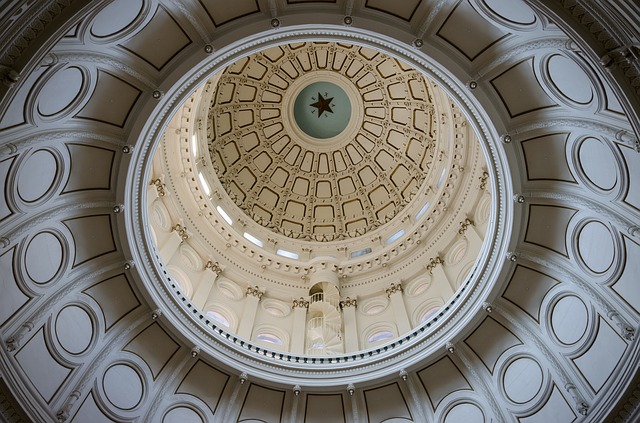Government and Philanthropic Funders Benefit from New Fundraising Report

Guest blog post by Ryan Stubbs, Research Director, National Assembly of State Arts Agencies
Cultural sector workers, including artists, create programs and artworks that deepen our understanding of ourselves and our society. The fiscal resourcefulness needed to create these programs is almost as inspiring as the art. NCAR’s new Fundraising Report underscores this resourcefulness and provides valuable insights to those committed to the advancement of the arts.
The Fundraising Report examines a large sample of cultural organizations with an in-depth analysis of financial data to better understand contributed revenues. There are a number of remarkable findings within the report. Many of these findings will help individual arts organizations, however, funders including state arts agencies and private foundations also benefit. Many factors contribute a more robust arts ecosystem and the practices of public and private funders certainly play a part.
When examining report findings relevant to the arts ecosystem and, specifically, the contributions of governments, there are a number of important cultural policy implications.
It is no surprise that contributed revenues make up a large portion of arts organization revenues in the United States. In NCAR’s sample of 4,200 organizations in 2014, the average arts and cultural organization paid for 56.9% of its cash expenses with unrestricted contributed revenue. An NEA report from 2012 measured total arts non-profit sector contributed revenue (restricted or otherwise) as being 45% of total revenues. These measures and methods are different, but they both speak to the weight of contributed revenues. The juxtaposition of the two figures also implies that unrestricted support is even more important to arts organizations being able to pay their bills.
When examining performance drivers for unrestricted contributed revenue, NCAR’s fundraising report specifically asks: What impact does cultural policy have on performance? The report answers: overall state and federal grant activity in the larger local marketplace has a positive effect on an individual organization’s unrestricted contributed revenue.
The large investments that state arts agencies make in general operating support corroborate this finding. National Assembly of State Arts Agency (NASAA) research shows that 42% of state arts agency grant dollars (over $100 million) go toward general operating support. As a comparison, Foundation funding for arts and culture operating support comprises 26% of foundation dollars for arts and culture, or about $536 million.
Another interesting finding for public funders relates to how socio-demographic characteristics of the community affect government support. NCAR’s fundraising report shows that: unrestricted government support is higher for organizations in less densely populated communities and in communities where African Americans or Asian Americans make up a higher percentage of the population. Additionally, the report shows that, in markets where there is a higher socioeconomic level and the individual philanthropy level is higher, there tends to be lower levels of government support.
Public funders have a litany of grant-making policies that aspire to more equitable arts access. NCAR’s findings are in line with NASAA research showing that state arts agencies invest heavily in rural areas and lower-income counties. Data from NCAR and NASAA both show that aspirational policies to promote equity, diversity and inclusion in the public sector may be heading in the right direction.
NCAR’s report accurately portrays a complex landscape related to fundraising in the arts and culture sector. Arts organizations looking to maximize their performance can look to key performance indicators and ecosystem factors in assessing their individual positions. Government and philanthropic funders will also benefit from a better understanding of organizational performance. The road to an equitable, efficient and successful cultural sector is long, winding and full of fog. Data driven findings in NCAR’s Fundraising Report help give art makers and policymakers a clearer vision.
###
Ryan Stubbs oversees NASAA's data collection and research services. In this role, Ryan directs NASAA's tracking of public funding for the arts and its work as the national repository of state arts agency grant-making data. He assists NASAA members with customized research, including creative economy programs, place-making initiatives and assessment of cultural district programs. Ryan represents state arts agencies and NASAA at state, regional and NASAA research forums and is NASAA's primary research liaison to federal agencies, foundations, consultants and scholars conducting research on public support for the arts.
In his prior position, Ryan served as director of research for the Western States Arts Federation, where he conducted analysis of arts-related economic data and implemented web-based research tools. He has analyzed capital construction projects for the Colorado Department of Higher Education and has managed economic development programs in Adams County, Colorado. He holds master's degrees in public administration and urban and regional planning from the University of Colorado, Denver. In his free time, Ryan enjoys creating and supporting music and visual art in Washington, D.C.